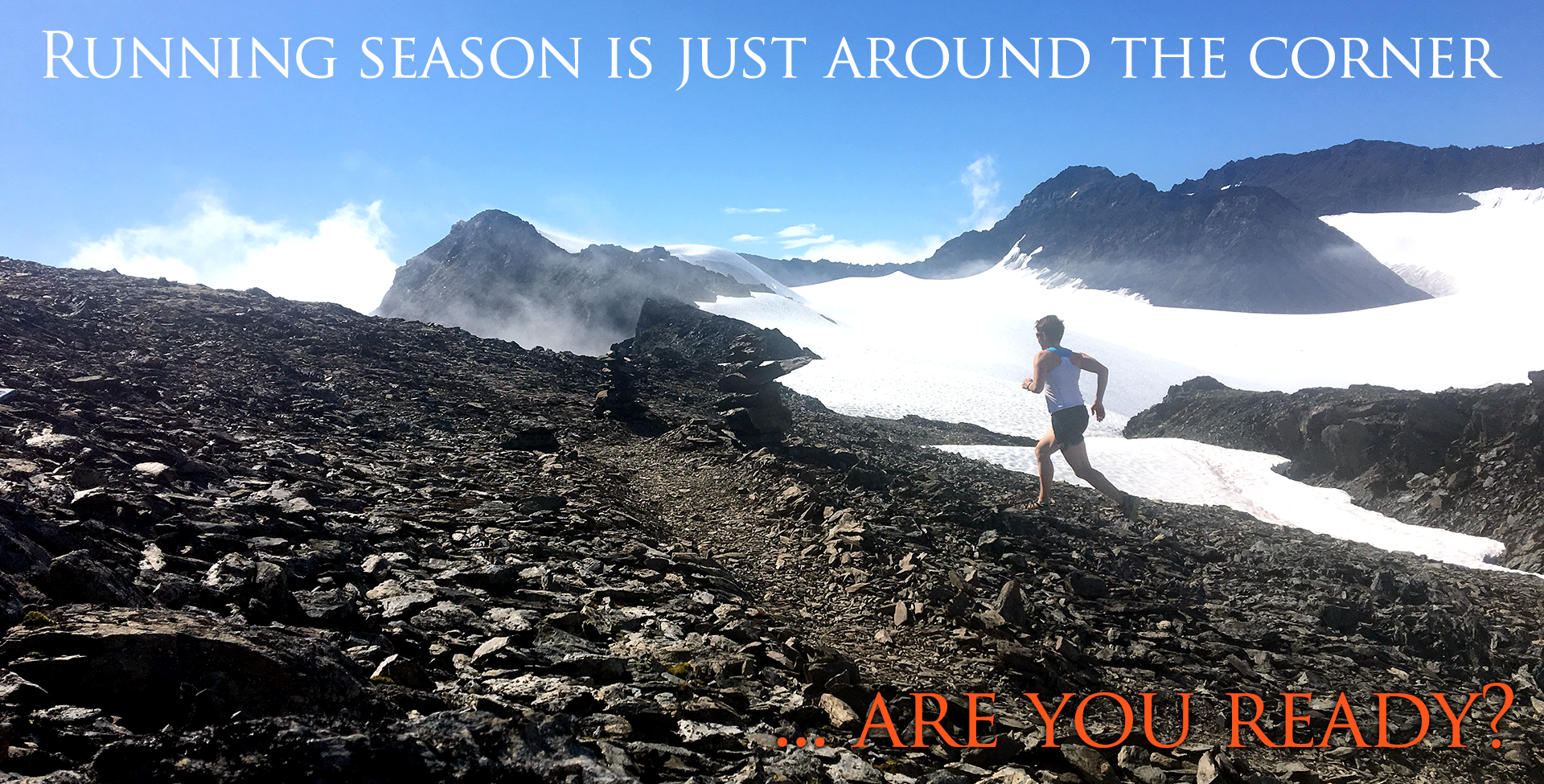The ability to train and race at the top of your ability without injury takes a very focused approach. Here are ten rules to keep in mind as you progress in your running career or recreational running endeavors:
- Surround yourself with the right people. Proper medical and coaching supervision for all runners, whether high performance athletes or recreational runners, must be done by qualified, competent and understanding professionals. Look for a medical professional that understands and/or participates in your sport.
- Keep it simple. Be careful not to complicate or ‘over-diagnose’ your condition. Avoid repeated treatment without progress. Avoid surgery as much as possible. Do not choose plantar orthoses/arch supports as a first option to see if they work – have your biomechanics and movement patterns checked first.
- Your body WILL adapt! The human body was made to heal if given a chance and it will adapt – as long as the applied load is not greater than the body’s capacity to adapt. Overuse injuries are caused by an overload of the body’s anatomical structures (bones, tendons, muscles). Every new stimulus must be integrated gradually (hills, speeds, intervals, weights).
- Rhythm is the key! To minimize ground reaction force, energy loss and injuries during running training, the advice is to keep your stride rate over 170 strides/min.
- The surface. Flat surfaces are very regular and make every stride identical to the others, repeating all biomechanical flaws. It is better to use irregular surfaces or vary speed to allow for wide variety of movement adaptations and distribute the forces properly on the lower body.
- Warm-up: a well-kept secret. Increase your body temperature by proper warm up (jog, spin) for 15-20 minutes followed by progressive functional ballasting stretching. Static stretching is a thing of the past.
- Stretching: yes and no! Pre-workout static stretching should be done ONLY if your movement biomechanics are altered by shortened muscle groups. Static stretching has been shown to decrease performance. Use progressive ballistic stretching more often.
- Naturally strong. Keep your feet strong during the running season – walk barefoot as much as you can. Do not forget to work on your core and hips strength and your balance during the season.
- Cross-training. When injured, complete rest is rarely the best treatment. A cross-training activity is recommended as soon as possible. Any cardiovascular activity that is not painful at that time will decrease recovery time.
- We are what we eat/ body and mind. Literally! Quality, variety and balance are the most important words when talking about an athlete’s diet. You cannot outrun a bad diet!
Source: TheRunningClinic.com
Check out excellent resources for recreational and elite runners at www.therunningclinic.com
Zuzana Rogers PT, ScD, SCS, COMT
www.SportsPhysioAK.com
Helping recreational and elite runners of all ages to return to running safely and pain free…for life.
